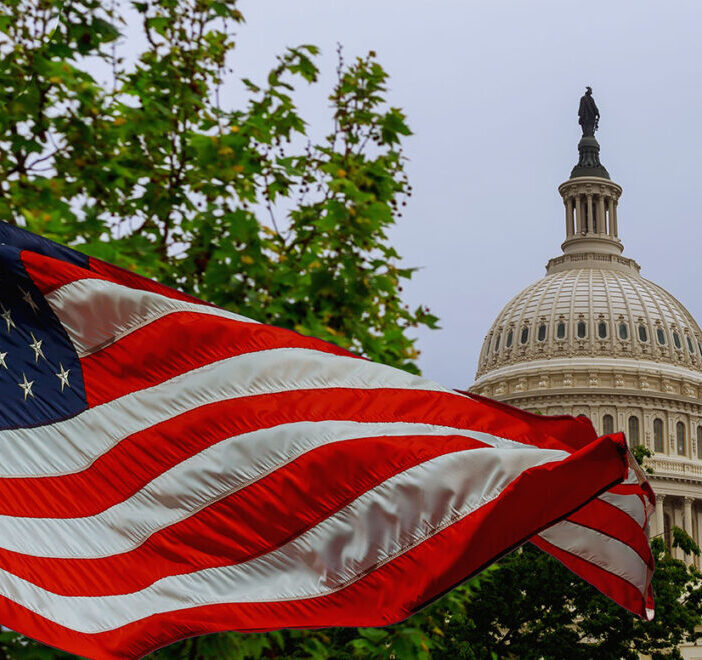What Will EPA’s New Rule on Pharmaceuticals Mean for You?
Effective Aug. 22, 2019, providers of aging services with hospice and nursing home settings will no longer be allowed to dispose of pharmaceuticals by flushing them down a toilet or sink drain. The prohibition is part of a new rule from the Environmental Protection Agency (EPA).
Pharmerica, a LeadingAge business member, will present an upcoming webinar to discuss the impact of this rule on LeadingAge members. The webinar, entitled “Hazardous Medications: Delivery to Disposal,” takes place on May 15 from 2-3 p.m. Visit the LeadingAge Learning Hub to register.
OVERVIEW OF THE NEW RULE
EPA published “Management Standards for Hazardous Waste Pharmaceuticals (Final Rule)” in the Federal Register on Feb. 22. The final rule creates regulations on hazardous waste pharmaceuticals that:
- Are a better fit for health care providers.
- Prohibit “sewering” of hazardous waste pharmaceuticals.
- Eliminate overlapping regulations between the Drug Enforcement Administration and the Food and Drug Administration.
The rule was first proposed in 2015 and was finalized in December 2018. The government shutdown earlier this year delayed publication of the final rule until February 2019.
WHO IS COVERED BY THE FINAL RULE?
The EPA rule covers many types of health care providers. Long-term care settings covered by the rule are defined by EPA as “hospice facilities, nursing facilities, skilled nursing facilities, and the nursing and skilled nursing care portions of continuing care retirement communities.”
Not included within the scope of EPA’s definition are group homes, independent living communities, assisted living communities, and the independent and assisted living portions of life plan communities.
Assisted living was included in the 2015 proposed rule, but LeadingAge and other groups argued successfully that assisted living is not a health care environment and should not be included. EPA agreed.
PROHIBITIONS ON “SEWERING”
The final rule has 3 major sections, but the one with the most immediate impact is related to the practice of disposing of certain pharmaceuticals by flushing them down a toilet or sink drain. EPA characterizes this practice as “sewering” pharmaceuticals.
Effective Aug. 22, 2019, all health care settings—including the hospice and nursing home settings mentioned above—will be prohibited from “sewering” pharmaceuticals classified as “hazardous waste.”
The list of pharmaceuticals covered by the rule includes, but is not limited to:
- Prescription drugs.
- Over-the-counter drugs.
- Compounded drugs.
- Drugs remaining in a non-empty container.
- Clean-up materials from spills of pharmaceuticals.
- Homeopathic drugs.
- Dietary supplements.
WHAT IS HAZARDOUS?
The final rule does not specifically list what pharmaceuticals are considered hazardous. Rather, it states that a pharmaceutical is not hazardous if it is legitimately used/reused (e.g. lawfully donated for its intended purpose) or reclaimed.
Over-the-counter pharmaceuticals, dietary supplements, and homeopathic drugs are not hazardous if there is a reasonable expectation that they will be legitimately used/reused (e.g., lawfully redistributed for its intended purpose) or reclaimed.
LeadingAge members that have an existing disposal process for pharmaceuticals, typically through a third party, will not be impacted by the rule. If a member still disposes of pharmaceuticals by sewering, however, it will have to plan for proper disposal by August of this year.
STATE ACTION REQUIRED
The final rule also creates a new Subpart P in the Resource Conservation and Recovery Act. The act gives EPA authority to regulate hazardous waste. The new Subpart P addresses the handling of hazardous waste pharmaceuticals.
All states, except Iowa and Alaska, are required to adopt the provisions of Subpart P. If states can adopt these provisions by administrative action, they have until July 1, 2021 to do so. If legislation is required, the deadline is July 1, 2022.

Most Recommended
November 08, 2024
 HOTMA: New Rules for Housing
HOTMA: New Rules for Housing
November 06, 2024
 Colleagues on the Move, November 6, 2024
Colleagues on the Move, November 6, 2024
November 06, 2024
 Analysis: What Does the Final CY2025 Home Health Rule Include?
Analysis: What Does the Final CY2025 Home Health Rule Include?
October 29, 2024
Katie Smith Sloan Urges Members to Build a Movement, Take Action
Recently Added
December 10, 2024
4 Top Tech Themes from 2024
December 09, 2024



